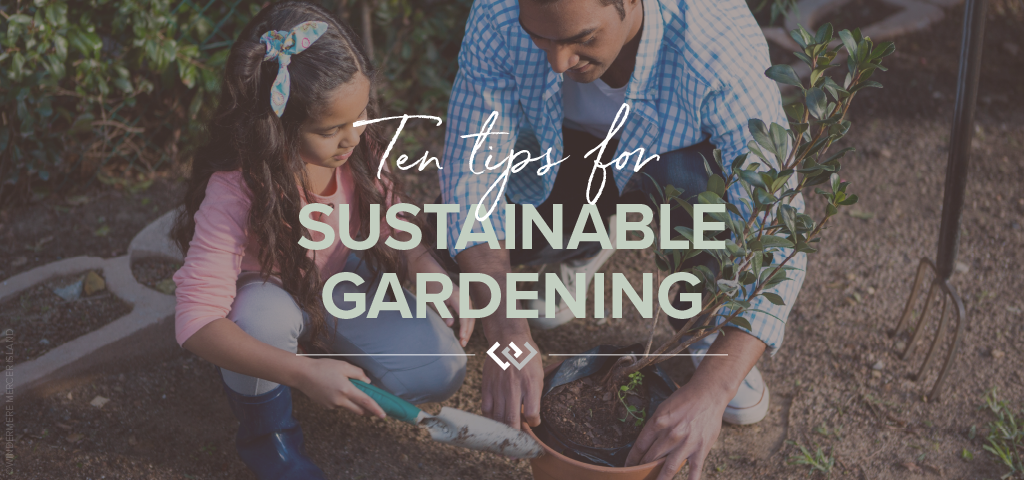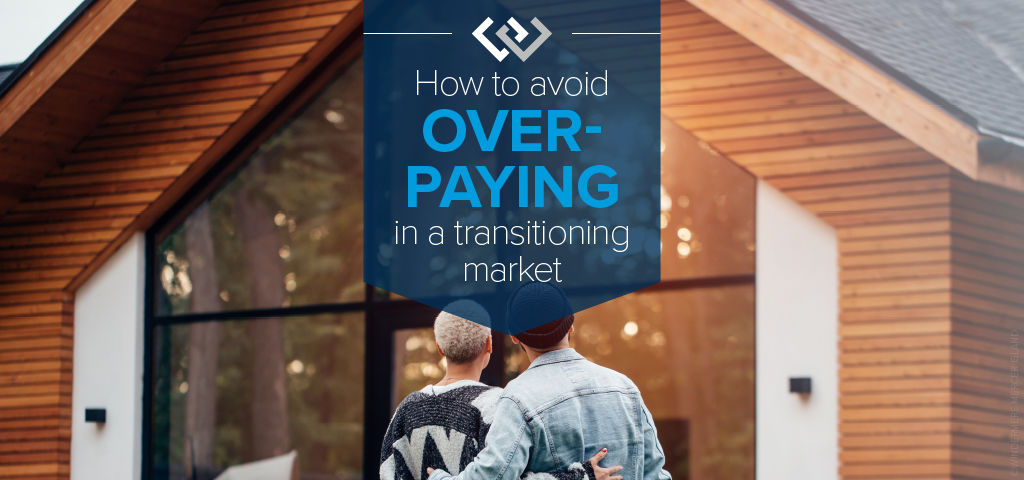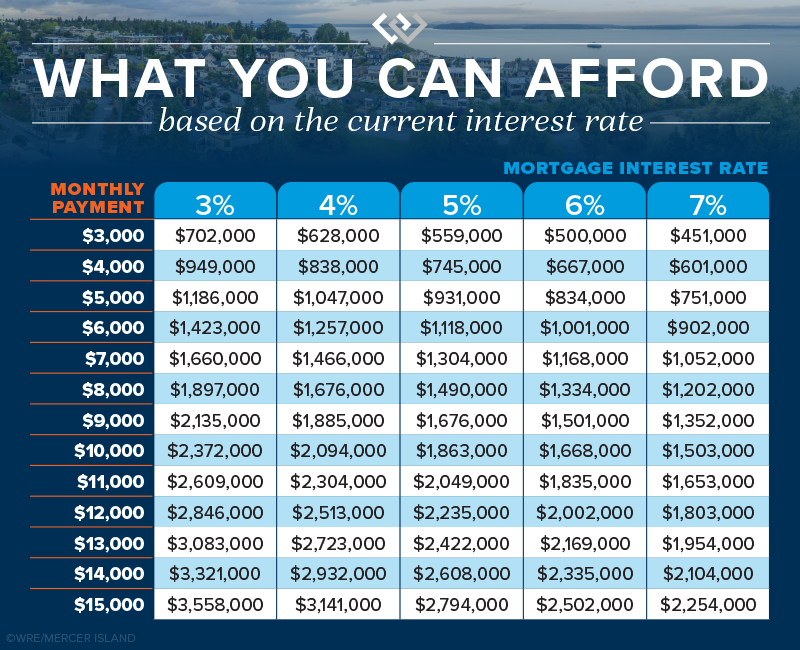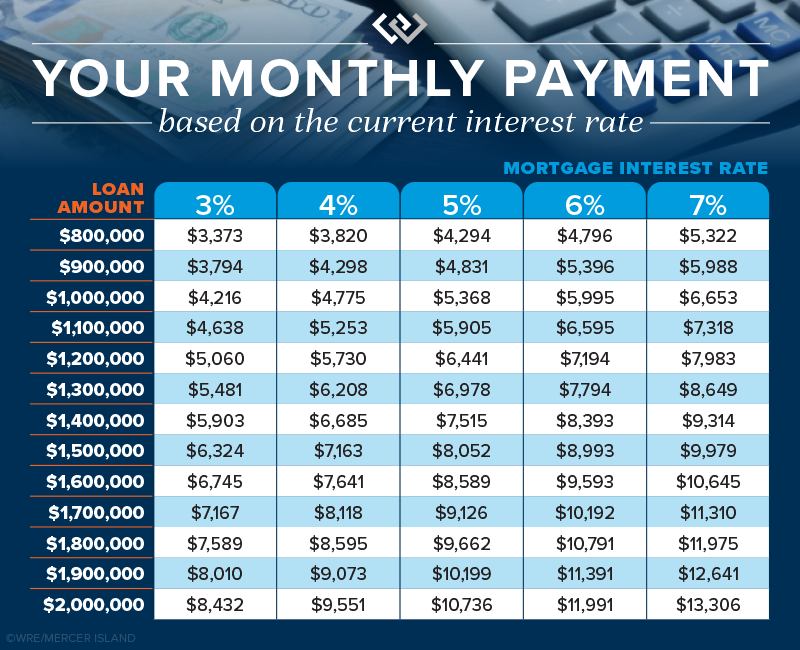Social Links Widget
Click here to edit the Social Media Links settings. This text will not be visible on the front end.
10 Tips for Sustainable Gardening

Sunny days are finally here, the flowers are in bloom, and the timing is perfect to give your garden some love. Having a healthy garden is one of the best ways to create a sustainable home and reduce your household’s carbon footprint. Below are some eco-friendly tips that will help to make your garden even more sustainable…
1. Compost Your Waste
Composting, which puts your natural waste to good use, is the cornerstone of any sustainable garden. All grass clippings, dead leaves, plants, flowers, and the like are rich in nutrients. By composting, you provide your garden with a natural fertilizer, free of contaminants. Not only will this provide nourishment, but it will also help to produce healthier and tastier food. Here’s how to do it.
2. Try Mulching
If having a sustainable garden is your goal, it’s important to treat your soil with care. Laying down a couple of inches of mulch in mid- to late spring (think: grass clippings, wood chips or chopped leaves) enriches the soil and ensures it’s as healthy as can be. Mulch also conserves soil moisture, reduces weed growth and naturally moderates the temperature of the soil. You can cover either bare dirt or freshly planted food and flowers. Find more tips here.
3. Optimize Your Garden Design
It’s natural to want to accentuate the beauty of your garden when designing it, but the sustainable gardener will prioritize giving plants what they need. Take into consideration which plants need direct access to sunlight, which need the most space in the garden, and any special requirements a plant may need to inhabit optimal growing conditions.
Companion planting (choosing plants that benefit each other) will attract pollinators and deter pests. For example, peas & beans feed the soil with nitrogen, and nasturtiums can lure aphids away from other plants. Plant basil and tomatoes together, too–basil boosts the flavor of the tomatoes while scaring away pests.
4. Use Natural Weed Killers
One of the pillars of organic gardening is to reduce the use of chemicals whenever and wherever possible. Preventing weeds naturally by using landscape cloth, mulch or corn gluten meal is a great way to start. You can also make your own DIY weed killer from household items like vinegar or even boiling water as an effective substitute for harmful, chemical-based weed killers. Whichever method you choose, it’s important to weed by hand often.
5. Water Wisely
Substantial watering is critical to keeping your garden healthy, but overwatering is a common practice and leads to an unsustainable garden. Research the amount of water your plants and flowers need to make sure you aren’t overwatering. In our rainy climate, rain barrels are a useful tool as their function is to catch and conserve the water from your downspouts. Here’s a charming Canadian video on how to make and install a rain barrel.
6. Repurpose Poop
It’s time to get down and dirty. For a more sustainable garden and even healthier soil, consider adding animal manure. Chicken, sheep, and cow manure are all popular choices. Rich in nutrients, it can be used both as a fertilizer and as a soil conditioner. Make sure the manure you purchase is free of pathogens and ask about the recommended window of time from application to harvest before you begin using it.
7. Go Local
Planting natively is a fast ticket to sustainable gardening. Native plants are innately acclimated to local climate conditions, making them easier to grow and maintain. Native plants often require less water to grow due to their familiarity with the soil and rainfall in your region, which cuts down on your garden’s total water intake.
8. Collect Dried Seeds
YES, you can save your seeds and sow them next year. Wait until the seed is fully ripe before you collect it. It’s important to gather seeds when the weather is dry and to store them in a dry place. To produce healthy plants in the future, the seed must be completely dry. Here are some great tips on collecting & storing seeds.
9. Stop Garden Slugs
Slugs love wreaking havoc on gardens, eating through leaves and fruit, leaving a trail of destruction. Fortunately, there are also many things they hate…coffee grounds, for example. Chickens. Rosemary. Fennel. Drowning in beer traps. Check out these awesome tricks for making eco-friendly slug repellant…you can use these to replace traditional slug baits, which contain chemicals that are highly toxic to other animals.
10. Replace Your Gas Mower
How else can you reduce your garden’s carbon footprint? Replace your gas mower with a more sustainable alternative. Electric mowers and push mowers are functional and more eco-friendly replacements. They’re also quieter and you never have to mess with those stinky gas cans again. For added sustainability, consider replacing your other gas-powered equipment, such as trimmers and leaf blowers.
Pssst…Need a bigger yard for the garden of your dreams? I can help with that.

We earn the trust and loyalty of our brokers and clients by doing real estate exceptionally well. The leader in our market, we deliver client-focused service in an authentic, collaborative, and transparent manner and with the unmatched knowledge and expertise that comes from decades of experience.
2737 77th Ave SE, Mercer Island, WA 98040 | (206) 232-0446
mercerisland@windermere.com
© Copyright 2022, Windermere Real Estate/Mercer Island.
Adapted from an article that originally appeared on the Windermere blog April 14th, 2021. Written by: Sandy Dodge.
How to Avoid Overpaying for a Home in a Transitioning Market

Look Carefully at the Home Itself
Here are four home attributes beyond the number of bedrooms and baths that you should have your eye on…
Home (building) quality: Very well-built homes are a rare find and typically worth every penny of their price. Don’t confuse them with so-so homes that just measure up to the city inspector’s threshold. Lesser quality homes will cost you more in upkeep and replacement as systems and components wear out. If you purchase a lesser quality home for less, the differential might just cover the added maintenance expense. But, if you purchase a fair quality home at the going rate of higher quality homes, you might likely be overpaying.
Deferred maintenance: Different than home quality, deferred maintenance includes the to-do list of items that need to be done to maintain a home’s integrity. A home that has been well maintained over its life typically is a better investment than one that hasn’t. The true cost of deferred maintenance often adds up to more than the cost of the repairs themselves. Don’t forget to factor in the reduced life span of other components—like replacement of damaged wood beneath peeling paint or mold remediation in a damp basement caused by a clogged foundation drain.
Setting: The saying “location, location, location” didn’t get its fame from out of nowhere. A home with an ideal setting on its lot and in the neighborhood—away from busy roads and utility poles/boxes, with adequate privacy, good topography, best positioned to capture views if available, and not adjacent to undesirable elements (poorly maintained homes, water towers or other unsightly public structures, high traffic facilities, etc.) will have more value than a less-ideally sited home. When deciding what to pay for a property it is critical that you evaluate these aspects and any others relevant to a specific neighborhood to determine the +/- effect on value.
Floor plan: How a home lives—flow from room to room, size of rooms, open/closed-off spaces, and below ground vs. above ground living are every bit as important as the total home square footage. You can change a lot of things about a home, but it is very difficult to change a bad floor plan. When you are deciding how high to make that multiple offer bid, consider factoring in the added value or take-away of the floor plan.
Beyond the Four Walls
Interest Rates: In addition to being more selective about the home itself, it pays off to understand how interest rates impact your monthly housing cost. It’s a bigger deal than you might think. Every 1% increase in interest rate equates to roughly a 10% decrease in buying power. Said differently, a 10% drop in home sale price would be wiped out by a subtle 1% increase in mortgage interest rate. This means you can obtain a much more expensive home when rates are low, whereas higher rates get you less home—even though you still pay the same monthly payment.
If you have $5,000 a month to budget for a house payment (before taxes and insurance), you could purchase a $931,000 house at a 5% mortgage rate. If rates went up to 6%, the same monthly payment would only get you an $834,000 home. Your buying power diminishes considerably with each bump up in rates.

This second chart below shows how interest rates impact monthly payments. If you’re purchasing a $950,000 house at a 5% interest rate, you’ll be paying $596 less every month than if rates were 6%. That adds up quick…$7,152 in one year alone!

Job and Location Stability: Like nearly any investment vehicle, being able to buy and sell on your own time allows you take advantage of ideal market conditions or hold until a more favorable market returns. In an uncertain market, you should plan to be able to stay put for a minimum of 5-7 years if needed. If relocation or job loss is a distinct possibility, waiting to buy might avoid loss as a result of an untimely sale.
Homeownership Lifestyle: For many, homeownership represents a life accomplishment, independence, and financial security. For others, one more thing requiring maintenance and upkeep. Knowing where you stand (at this moment in time anyway) when it comes to evaluating the pros and cons of homeownership as a lifestyle choice is a better first step than an afterthought.
Final Thoughts
Want to know how you can best protect yourself in a changing real estate market? Reach out to us for help evaluating whether it would make financial sense to buy now or wait.

We earn the trust and loyalty of our brokers and clients by doing real estate exceptionally well. The leader in our market, we deliver client-focused service in an authentic, collaborative, and transparent manner and with the unmatched knowledge and expertise that comes from decades of experience.
2737 77th Ave SE, Mercer Island, WA 98040 | (206) 232-0446
mercerisland@windermere.com
© Copyright 2022, Windermere Real Estate/Mercer Island.

 Facebook
Facebook
 X
X
 Pinterest
Pinterest
 Copy Link
Copy Link